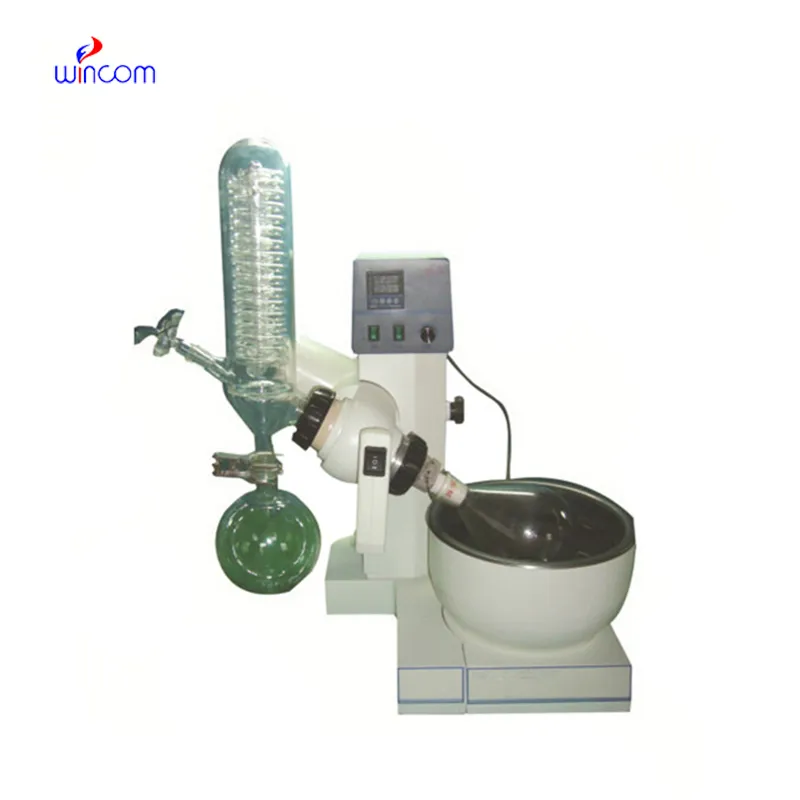Laboratory evaporators are indispensable tools for concentrating, purifying, or recovering solvents in research and industrial labs. To achieve consistent results, it is essential to keep these systems operating at their best. Proper maintenance not only improves efficiency but also helps laboratories cut costs and extend the service life of their equipment.
A well-maintained lab evaporator ensures that samples are processed under stable conditions, which contributes to accurate results. At the same time, efficient operation minimizes energy waste, lowers operational costs, and reduces stress on delicate components. By taking steps to protect your system, you can maximize its lifespan and avoid unexpected downtime.

Regular Cleaning and Inspection
Residues from solvents and samples often accumulate inside glassware and tubing, leading to blockages or contamination. Cleaning condensers, evaporation flasks, and connections on a routine basis prevents build-up that can interfere with performance. It is also important to inspect seals, gaskets, and joints for any cracks or wear. A quick check before each use can help you identify problems early and prevent costly breakdowns.
Proper Lubrication and Seal Maintenance
Seals are critical to maintaining a stable vacuum. Over time, they can dry out or harden. Applying a suitable lubricant to seals and O-rings helps keep them flexible and prevents air leaks. If seals begin to lose elasticity or show visible damage, replacement should be scheduled promptly. Neglecting these components can lead to reduced evaporator efficiency and pressure instability.
Monitoring Vacuum and Temperature Settings
Vacuum pumps and temperature controls are at the heart of evaporator performance. Keeping the vacuum system in good condition ensures efficient solvent removal, while accurate temperature regulation prevents overheating or solvent degradation. Regular calibration of sensors and controllers is recommended, as even small deviations can impact results.
Handling Solvents Safely with Lab Evaporator
The type of solvent used can directly influence the maintenance needs of your evaporator. Incompatible or highly corrosive solvents can damage glassware and seals if not managed correctly. Using solvents with known compatibility and handling them with care will protect your evaporator. Proper disposal of waste solvents also prevents system contamination.
Preventive Maintenance Routine
Instead of waiting for unexpected failures, set up a preventive maintenance routine. Create a checklist that includes regular tasks such as cleaning the glassware, checking the tubing, and testing the vacuum integrity. Replace parts before they reach the point of failure to minimize downtime. Keep detailed maintenance records so you can track evaporator performance trends and monitor changes in efficiency over time.
By incorporating cleaning and preventive care into your workflow, you safeguard both your results and your investment. Building consistent habits reduces unexpected downtime and enhances the overall reliability of your laboratory processes. With proper care, your evaporator can deliver stable performance for years to come.
